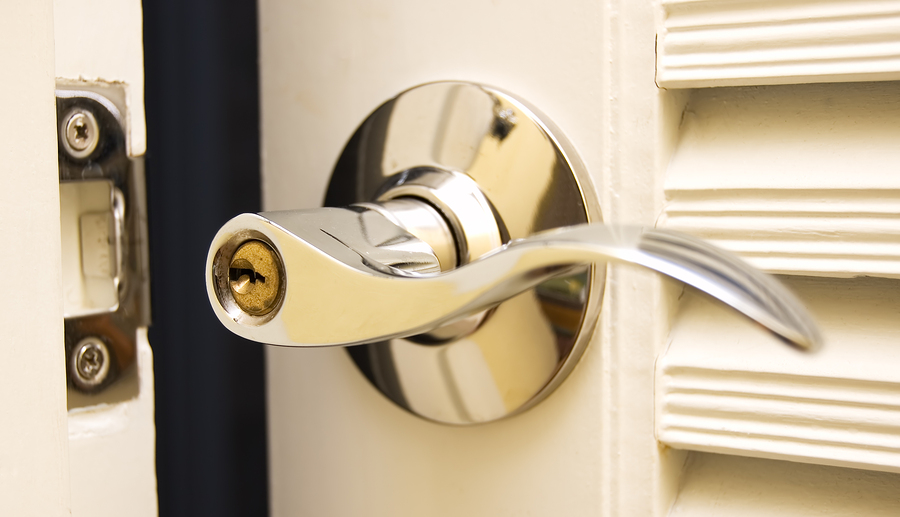The Easiest Way to Keep Your Home Safe

As the old saying goes, your home is your castle. Unfortunately, few are equipped with drawbridges, motes and guards—historically effective features designed to prevent unwanted parties from entering. Every year thieves gain access to millions of residences as a result, subjecting the owners to property damage, the loss of belongings and, sometimes, even violence.
The Statistics
According to the Federal Bureau of Investigation (FBI), there were 2,103,787 burglaries in the U.S. in 2012, 74.5 percent of which occurred in homes. While this represents a 3.7 percent decrease in total break-ins when compared to 2011, the number indicates there is still a need for homeowners to take steps to protect their residences, families and personal property.
Door Frame Fortification
Both deadbolts and alarm systems are popular tools you can use to reduce your home’s chances of burglary. However, neither will actually stop a criminal from entering your residence or causing hundreds of dollars of damage to your exterior door. In many cases, all it takes is a strong kick to a standard door to bust through the lock and deadbolt. In mere moments, a thief can gain access and flee with your valuables—all before the security service or local law enforcement can respond.
Fortunately, there is an easy—and inexpensive—way for homeowners and renters to make an attempted door kick-in burglary or invasion less successful. Reinforcing your exterior door frames with a product like Door Devil, Rebar Door Security Device or EZ Armor will make it much more difficult for criminals to kick their way into your home. Because going unnoticed is necessary for a successful burglary, most will be reluctant to make the amount of noise required to force their way through a fortified door.
You can install most door frame fortification devices in 30 minutes, and retail prices starting at $59 make them affordable for families on any budget.
Other Suggestions
Of course, no single security product is 100 percent guaranteed to keep criminals out of your residence. The more tools you use to add layers of protection, the safer your family and belongings will be. Experts suggest considering the following when implementing a home security plan.
- Install battery operated automatic light timers throughout your home. Use them to create the illusion of occupancy when you’re away on vacation or out for the evening.
- Never leave doors or windows unlocked. Do not store a key to your home in an outdoor location where it may be easily found.
- In addition to a door frame reinforcement kit, install door locks with an ANSI grade 1 rating and deadbolt locks with at least 1-inch long horizontal bolts.
- Replace soft, wooden exterior doors with solid core or metal doors. This includes the door leading from your garage into your home.
- Reinforce windows or glass panels within or near exterior doors with invisible security film. This will make it more difficult for a burglar to break the glass and reach through to unlock the door. This also works for ground floor windows and sliding doors.
- Place a metal or wooden rod in the track on your sliding patio door to prevent it from opening more than a few inches.
Everyone wants their home to be safe and secure for their family. Implementing these suggestions should help. If you’d like to learn more about protecting your belongings with homeowners or renters insurance, contact your insurance agent.


Recent Comments